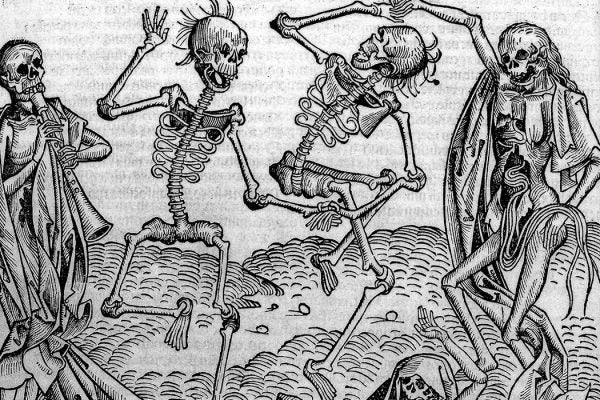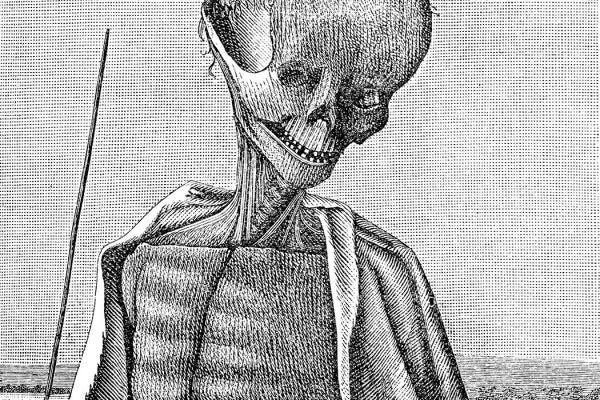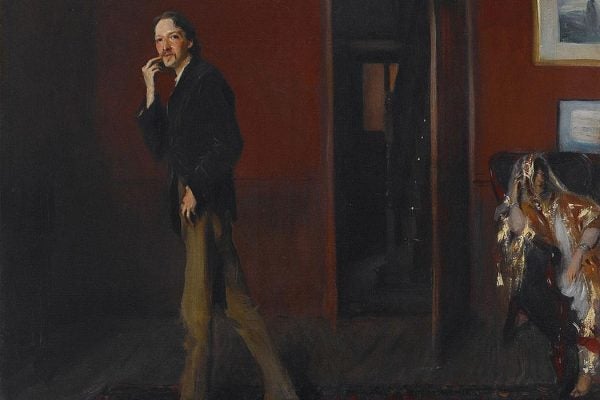John Snow and the Birth of Epidemiology
Even though this physician pre-dated germ theory, he was able to track a London outbreak of cholera to one particular water pump.
Did Frida Kahlo Suffer From Fibromyalgia?
Studying the artist's paintings may reveal more about the her early trauma and subsequent pain than suspected.
China Denounces Coal, Chile Goes Solar, and Guinea Tackles Sleeping Sickness
Chile turned the Atacama Desert into a giant solar farm, China denounced coal power, and Guinea has been plagued by sleeping sickness.
Why We Need to Start Listening to Insects
The study of wingbeat has come an incredibly long way and could lead to breakthroughs crucial for human populations facing insect-borne disease and pests.
English Sweating Sickness: The Epidemic You Forgot to Be Terrified Of
The 15th and 16th epidemics of English sweating sIckness still fascinate historians and epidemiologists.
Why Did the Plague Continue to Reemerge After the Middle Ages?
New research suggests alarming details about the plague, which repeatedly devastated populations across Europe, Asia, and Africa over the centuries.
The Influenza Epidemic of 1918 and Your Ancestors
The Influenza Epidemic of 1918 was a global catastrophe that is estimated to have killed between 40 and 50 million people.
The Mystery of Super-Spreaders
It’s estimated that roughly 20% of the population are so-called "super-spreaders" who cause 80% of infectious disease cases.
The Culture of Tuberculosis
When perusing the biographies of artists, you'll notice that a large number of them had tuberculosis.









